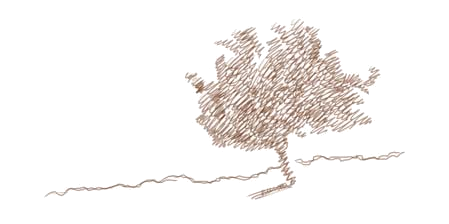I've been getting a lot of questions about my Flood Maps web-site. Here's a compilation of all the thing's I've had to say about them so far.
The questions are from Pierre Grumberg ofEmap France.
How did you make the maps?
It breaks down into two parts:
The website needs to be put together using Google's mapping API. That was a little bit of a challenge because I was trying to stretch Google's code a bit further than was intended. However there are plenty of people who've done already done similar things, so most of the problems had already been solved by someone, somewhere on the Internet. Google have since brought out version 2 of their API, which makes doing the same thing much easier.
The harder part was writing a tile server, to feed the website with graphic files such as this one: link
The raw data from NASA is 50Gb. A complete set of tiles for Google Maps needs 22,906,492,245 files. I need 15 sets of tiles for the 15 different flood levels, which comes to 343,597,383,675 files!! I only have limited disk space, so I wrote a tile server in C++ that would generate tile files on demand, and then cache them.
I cut down NASA's data so that each datapoint fits into 4 bits, rather than the original 16 - that's where the limit of 0-14m comes from. 15 levels of elevation, and one extra for "NO DATA".
The calculation of each tile is quite simple. If that coordinate is at the given level or below, then the tile is coloured blue, otherwise it is left transparent. There's a slight cheat for areas of the world that are currently below sea level (large parts of the Netherlands for example)... Such areas are actually listed as +1m in my data files, so they appear dry at +0 metres, but flooded for any other value. Areas that are naturally at exactly sea-level are always coloured blue regardless, that's why this map of England's fen-land is peppered with blue, even at +0m: fenland at +0m
I chose to use a rather unpleasant 'chequerboard' pattern for the translucent blue areas of the tiles. That's because it maximises compatibility with less capable browsers, especially Internet Explorer. An alpha channel would have made the images prettier, but only on better browsers, such as Firefox or Safari.
And is it really accurate ?
There are a number of significant sources of inaccuracy. All of these inaccuracies are optimistic - correcting the inaccuracy would make the consequences of sea level rise look worse. I've made a conscious effort to avoid ad hoc corrections for these effects. If these maps have a purpose, it is to encourage the general public to consider the consequences of global warming. If I were to make corrections that make more bits of the map shaded blue, then I would run the risk of having the whole thing discredited as alarmist.
Firstly, the model knows nothing about the tides. Since tidal variation can be 10m or more in some parts of the world, this is a major deficiency.
Secondly, the NASA data itself is not very accurate. Jonathon Stott has said that "NASA claims their height data is accurate to +/- 16m with 90% certainty". NASA gathered the data by radar from orbit, so buildings and trees cause a systematic overestimation of the elevation of built-up and forested areas.
Thirdly, the NASA data does not extend beyond +/-60 degrees latitude. Its accuracy becomes degraded at the extremes of its range, especially in the Southern hemisphere, I am told.
Fourthly, the simulation takes no account of the effects of coastal erosion. I believe that anywhere within a metre or so of daily maximum sea level would be swiftly eroded. So areas which my model shows as future 'coastline' would almost certainly be quickly eroded away.
Fifthly, I don't take any account of coastal defences. It's obviously possible to build defences that protect habitable land far below sea level. I've got no way of knowing whether current defences (in Holland, say) are able to withstand an extra +1 metre of mean sea level. I imagine that the impact would depend upon how quickly the oceans rise, and how much money was available for building new defences.
Finally, there are areas of the world far from the oceans that are far below sea level. These areas are shown as flooded on my map, where clearly they are not in danger. The area North of the Caspian Sea is the most striking example.
Do you plan more versions (I've seen a lot messages asking for a50-100 m rise).
I could certainly replace some of the levels with more extreme scenarios like this. I'm not sure whether its such a good idea. I'm more interested in alerting people to the certain consequences of current global warming than on indulging people's fascination with science-fiction scenarios.
I'm currently working on a system that would allow people to turn the maps into images on T-shirts. I hope that will help to get the message beyond its Internet ghetto, into pubs and workplaces.
If you know of anyone who has better data, then let me know. I'd love to work with them to get their work to a wider audience.
 firetree.net
firetree.net